Rhode Island Regiment Flag (1775): Banner of the Revolutionary War

The Hope Flag: Rhode Island Regiment's Anchor, Motto, and Stars (1775)
The Rhode Island flag was the most beautiful and characteristic Colonial Flag or Banner. It is sometimes called the "Hope Flag."
The 13 white stars on a blue field arranged quincuncially formed an outline of the Cross of St. George and St. Andrew, the first representation of stars in a flag. Undoubtedly, this influenced the design of the union of our first Stars and Stripes Flag.
The State flags of America found their earliest forms during the Revolutionary War.
The starry canton in the Rhode Island Regiment flag symbolized national unity, but the white field corresponded to the uniform of the State troops.
The anchor symbol and motto, which completed the design, had been used for over a century.
The original Rhode Island Regiment flag may be found in the State House in Providence.
A brief history of the Rhode Island Regiment Flag
John Fiske, in speaking of the Lexington's capture of the British vessel Edward on April 7, 1776, says:
"This was the first capture of a British warship by an American."
As this exploit occurred over a year before the Stars and Stripes were officially adopted, Barry's flag was not the national ensign.
The "Union" flag Grillin referred to was the Cambridge standard, and other accounts bear out the assumption that Barry's flag on the Lexington was the flag Washington unfurled at Cambridge.
This is further confirmed by Preble in his history when he says:
The Lexington was the first vessel that bore the Continental flag to victory on the ocean."
Capt. Manley's name has also been mentioned for the honor. While it is true that his ship, the Lee, captured the British vessel Nancy in October or November, 1775, the flag that waved from the peak of the Lee was undoubtedly the famous "Pine Tree" emblem, with its motto "An Appeal to Heaven," for the Lee was one of six ships under the command of Gen. Washington which at that time carried this ensign.
One writer, however, speaks "of a flag being made in 1775 by a patriotic vessel owner of Massachusetts, having thirteen white stars in a blue union, the body of the flag being white, with an anchor upon it, having over the top the word 'Hope."
It was hoisted on the armed schooner Lee, Capt. John Manley." This same author states that "either this or the stars on the Washington book plate in the absence of any record may be taken as reasons for the adoption of the stars in the union."
I have been unable to substantiate the statement made by this historian that the thirteen stars were displayed before 1777. As Rhode Island had already adopted the design of the anchor surmounted by the word "Hope," it is not probable that a shipowner of Massachusetts would have used, even in part, the emblem of a rival colony.
It is only fair to state that some historians maintain that the colonial flag of Rhode Island was frequently designated by a canton of blue, on which thirteen white stars were displayed.
If such were the case, this striking design may have inspired the adoption of the stars in our national ensign, but I can find no evidence on the subject.
There is substantial reason to believe, however, that the flag the First Rhode Island Regiment carried at the Battle of the Brandywine and during the siege of Yorktown was similar to the flag just described, except that the stars were gold.
As these engagements took place after the adoption of the Stars and Stripes, they furnish no proof of the earlier use of the stars.
Sources
The Flag of the United States - Address Delivered by Hon. Frederick C. Hicks of Long Island in the House of Representatives, June 14, 1917


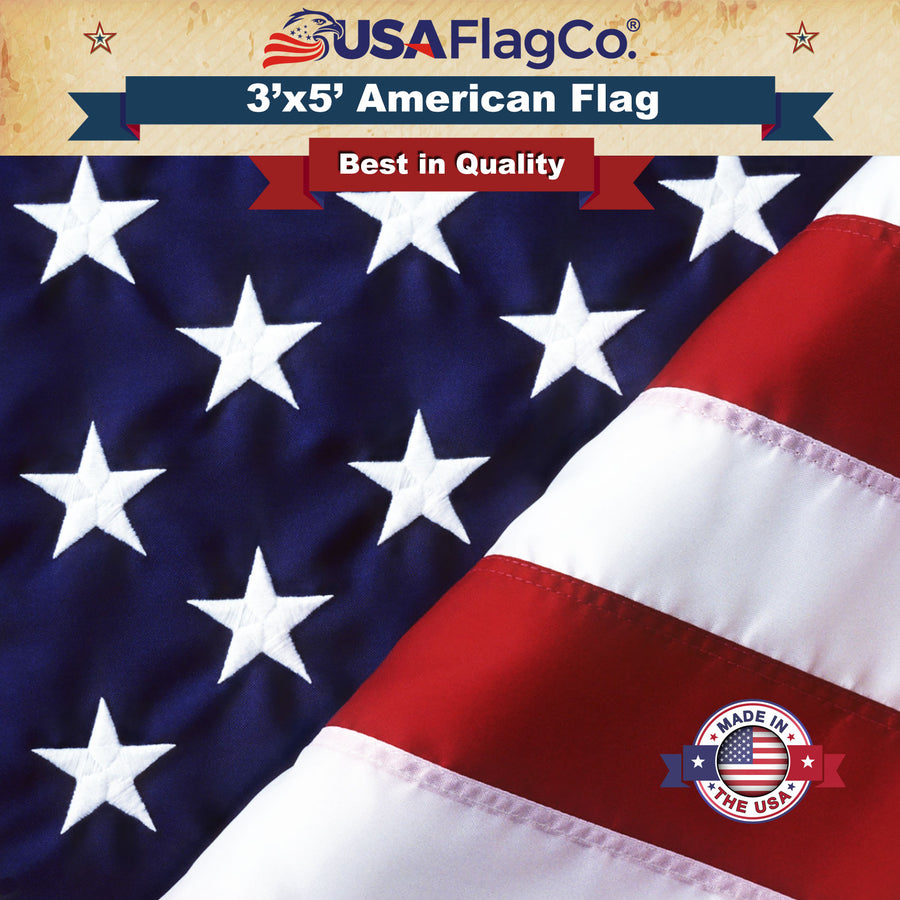
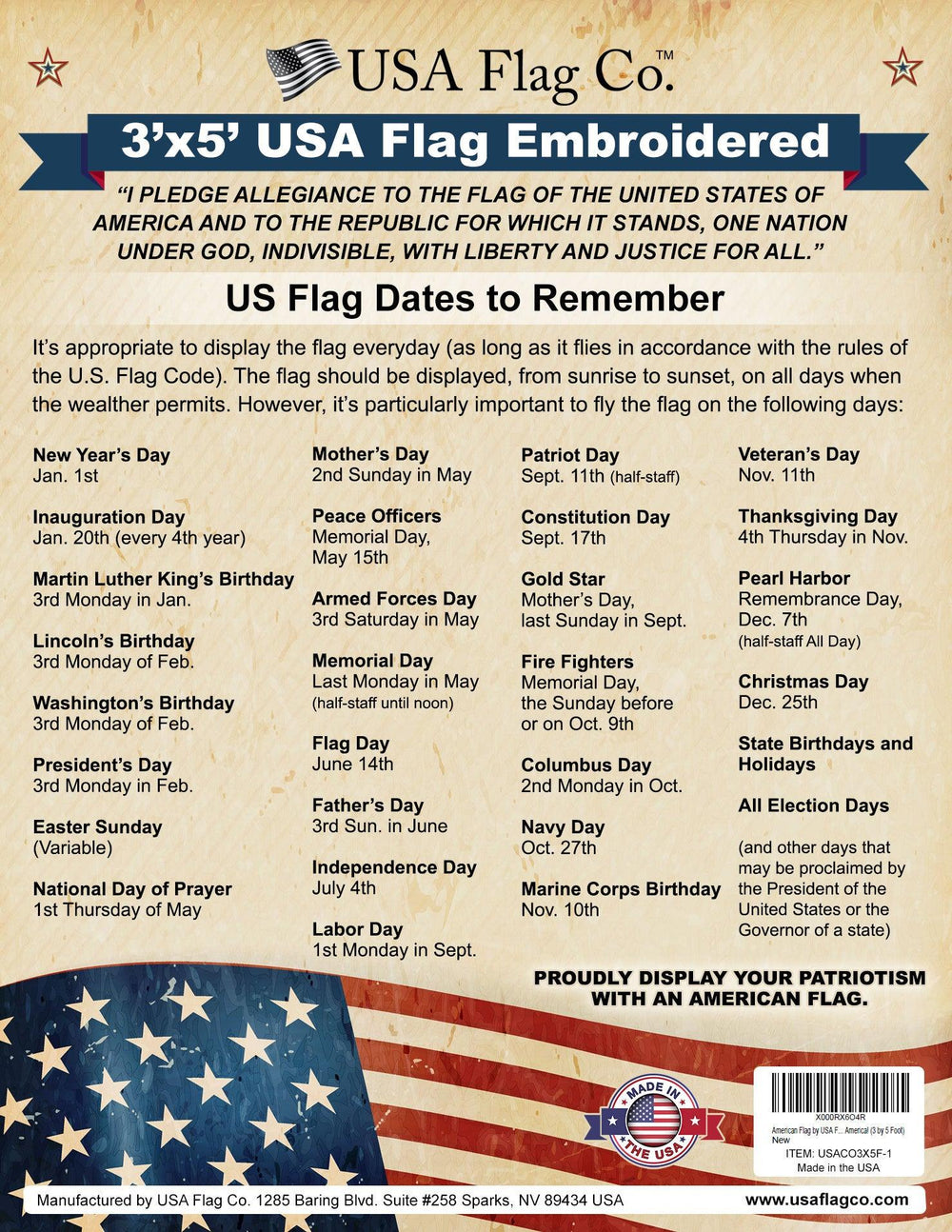
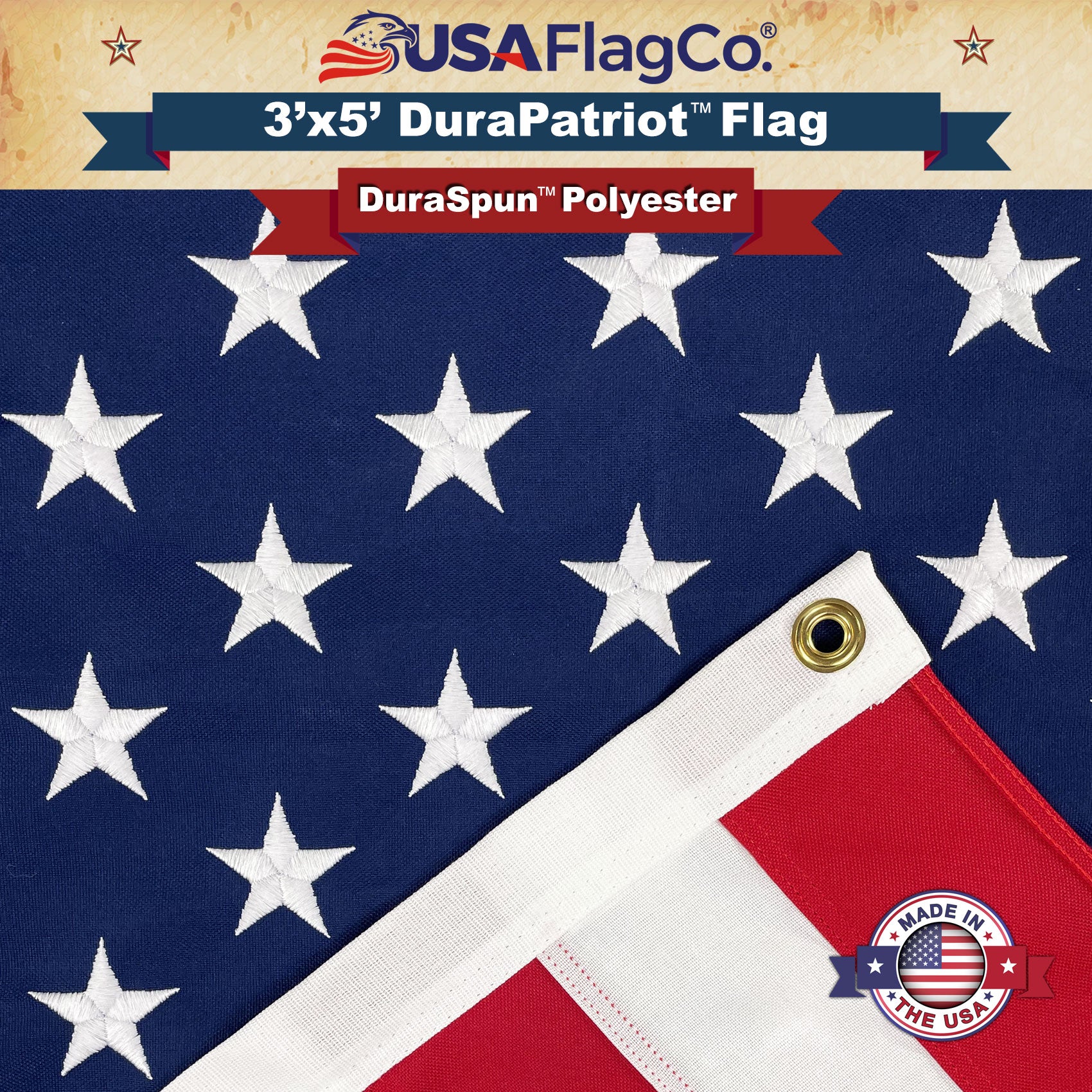
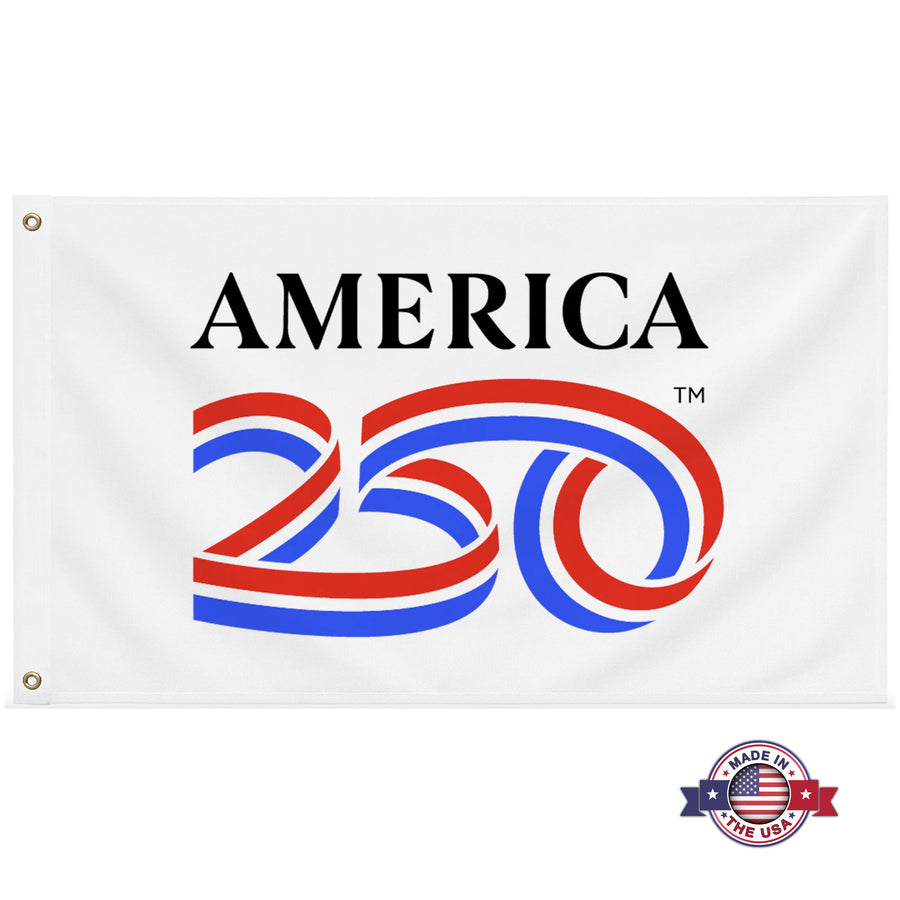
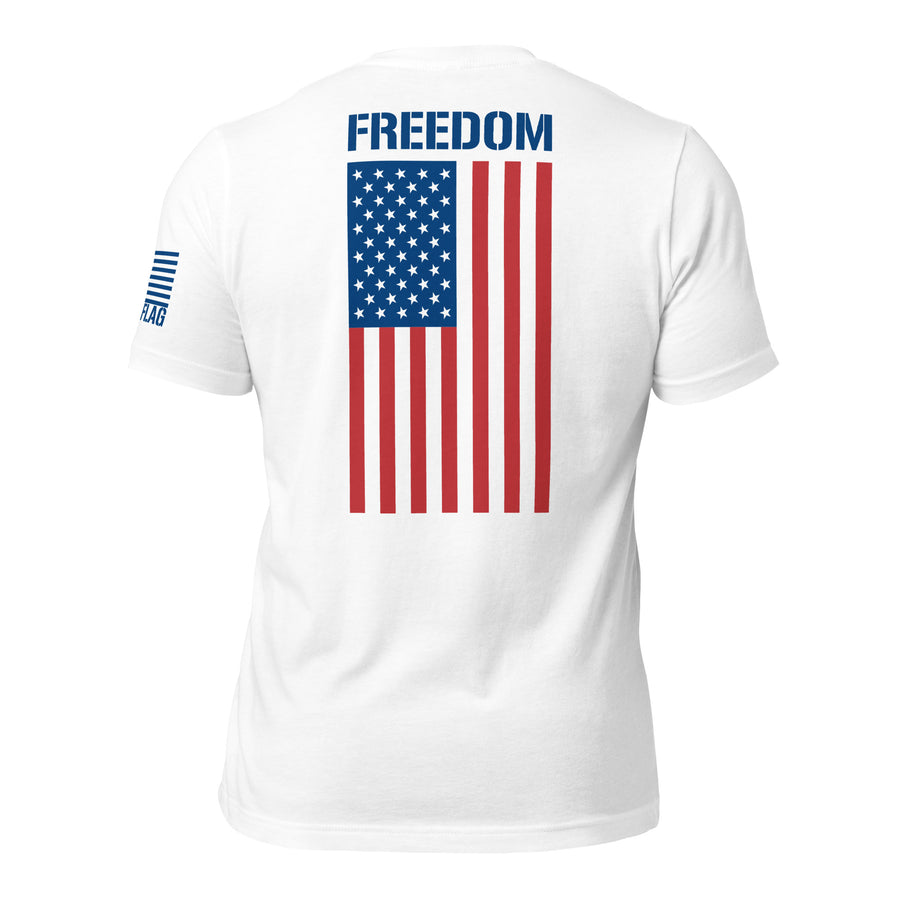

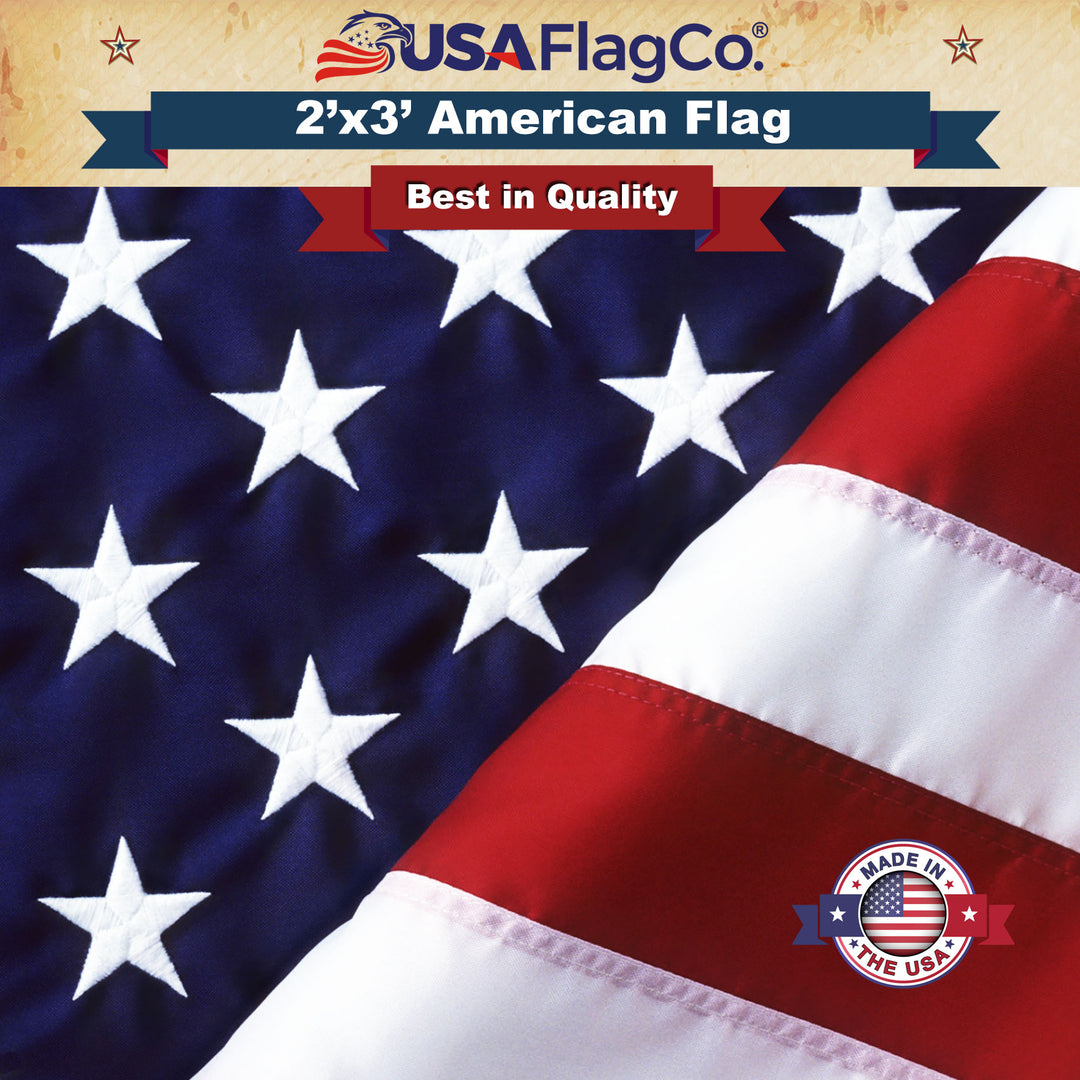
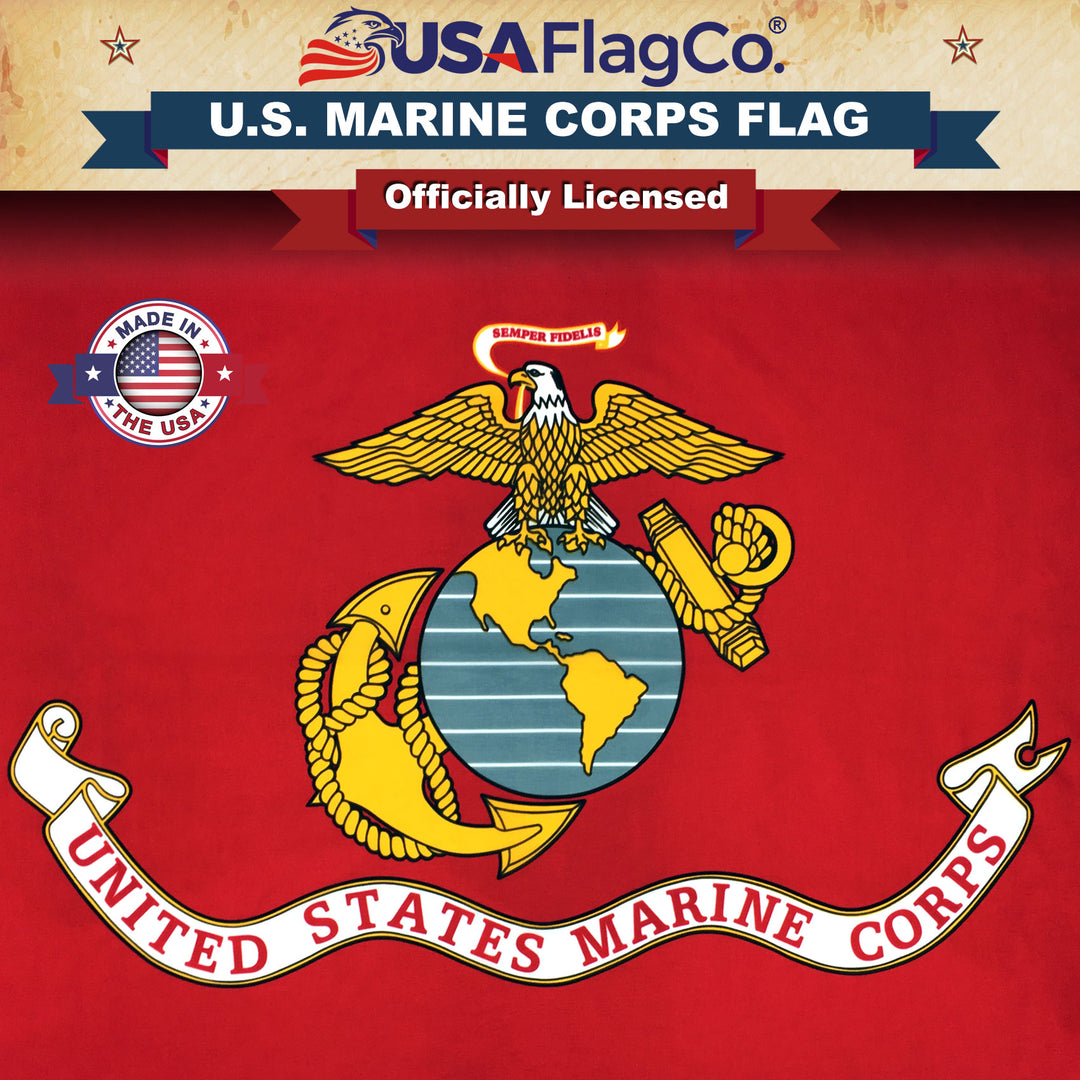
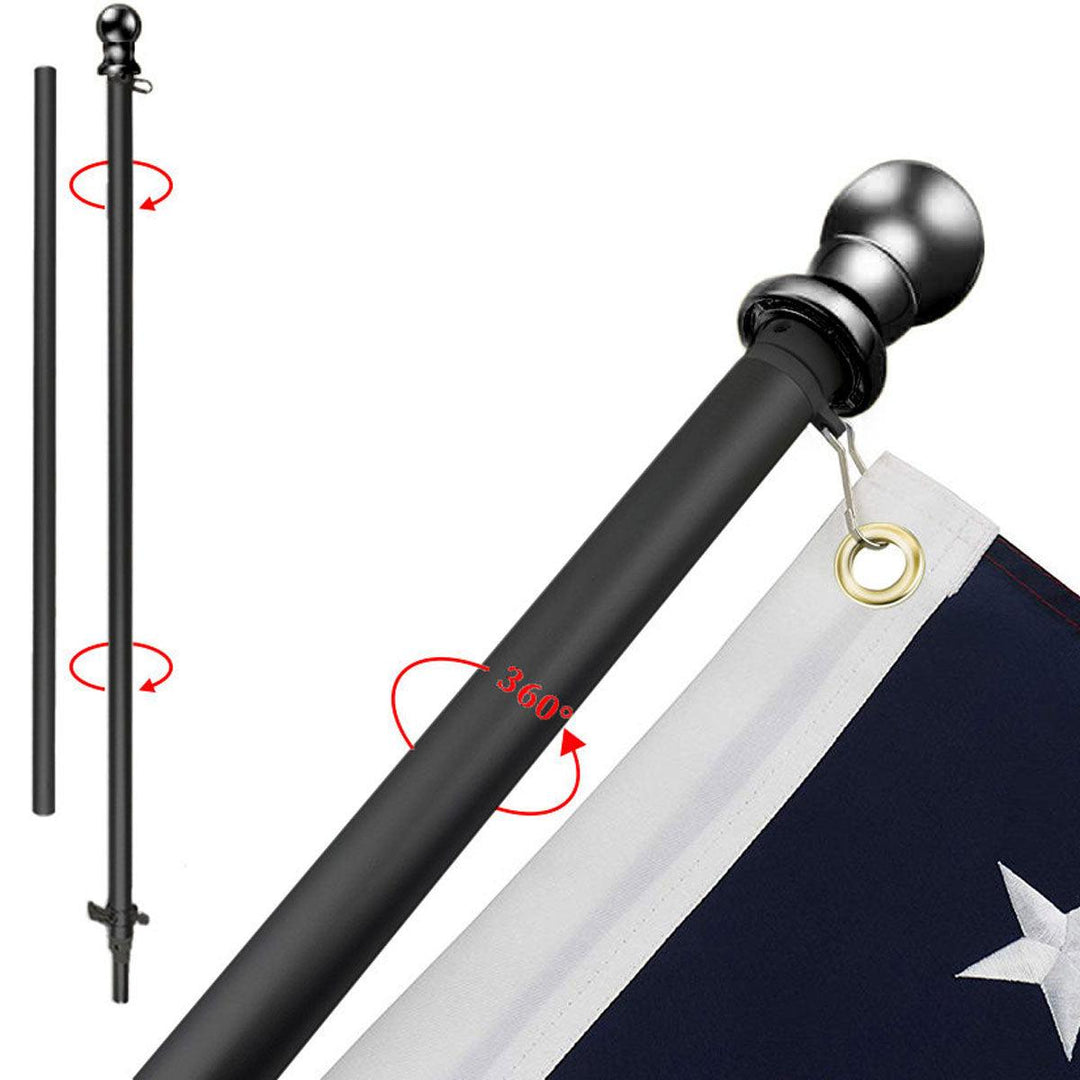
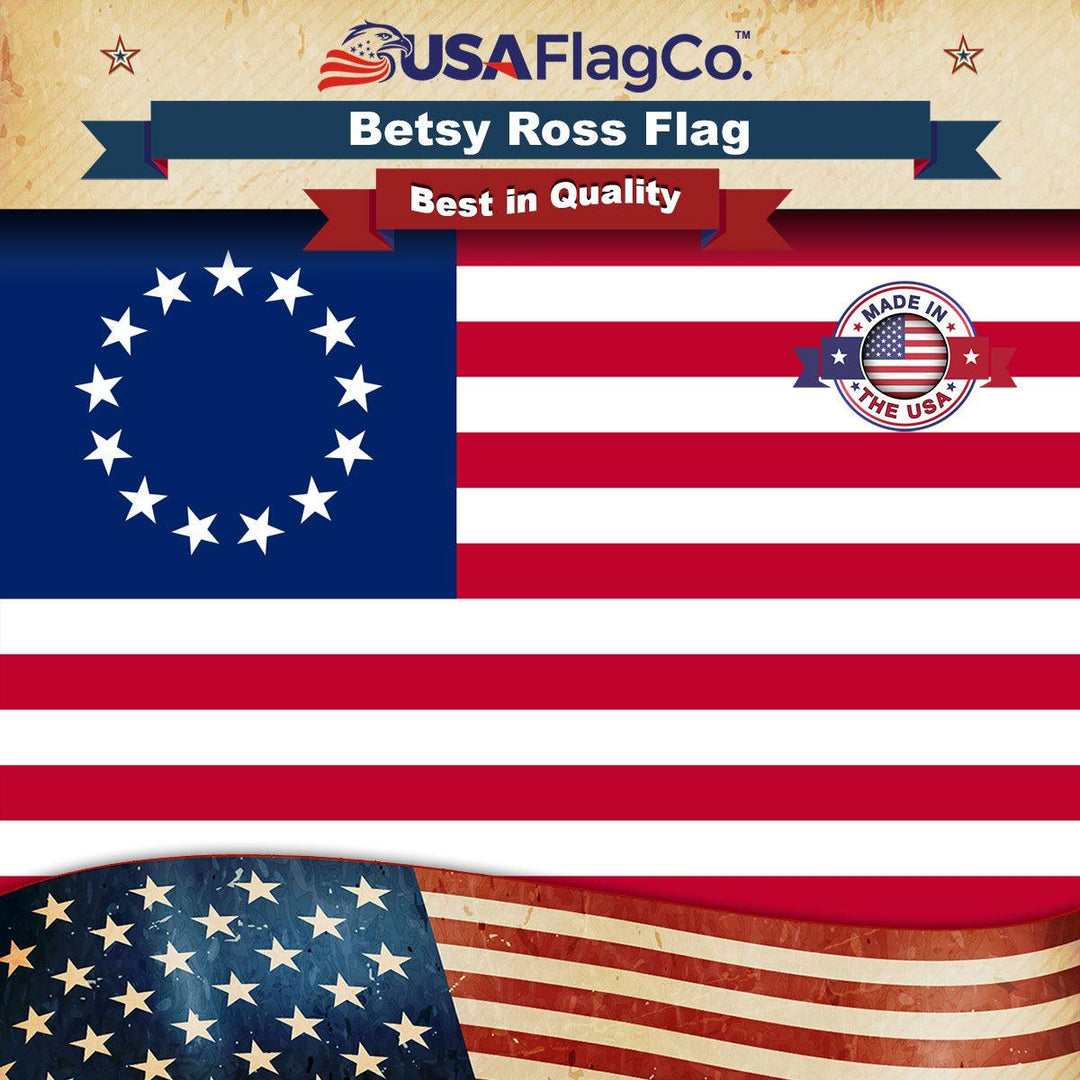
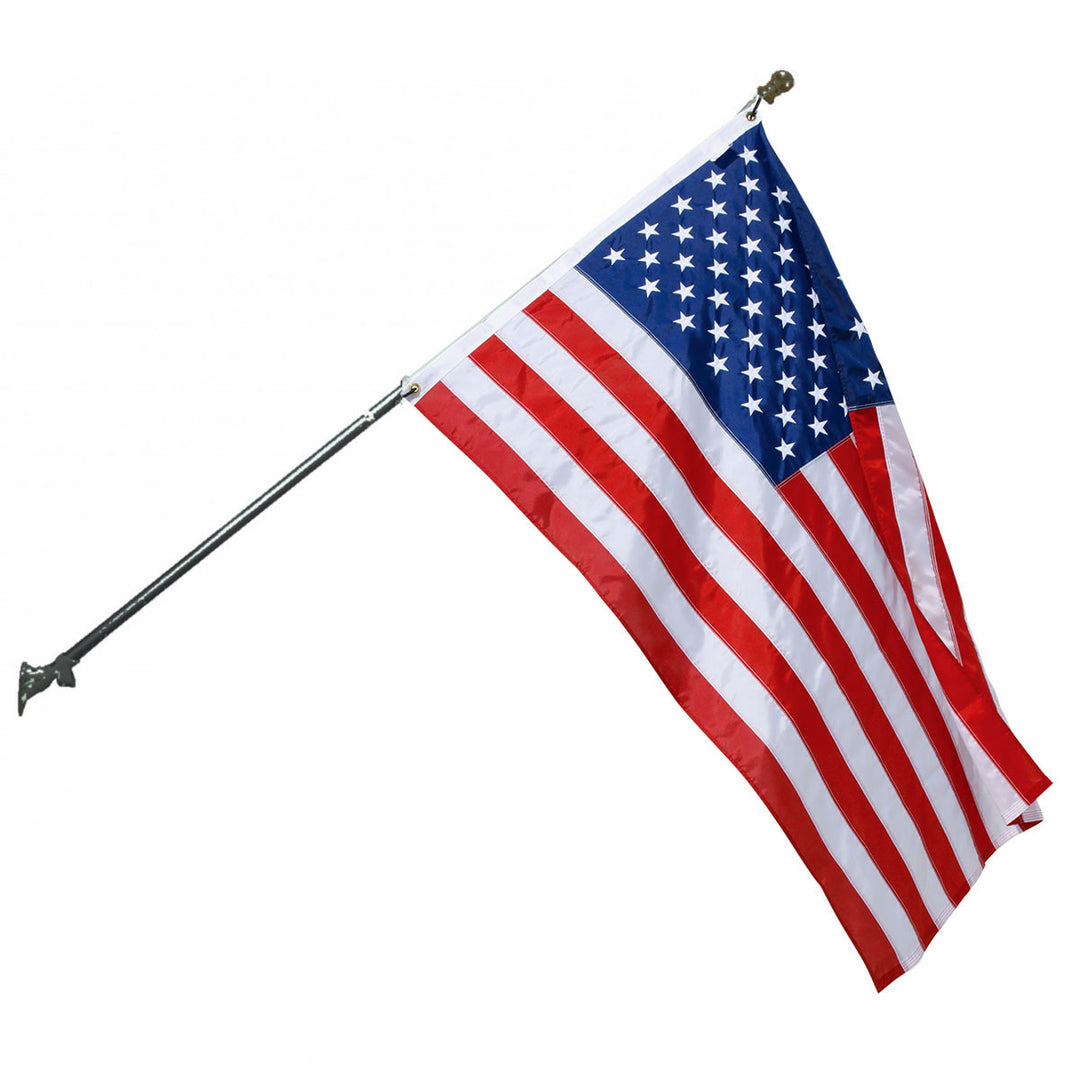
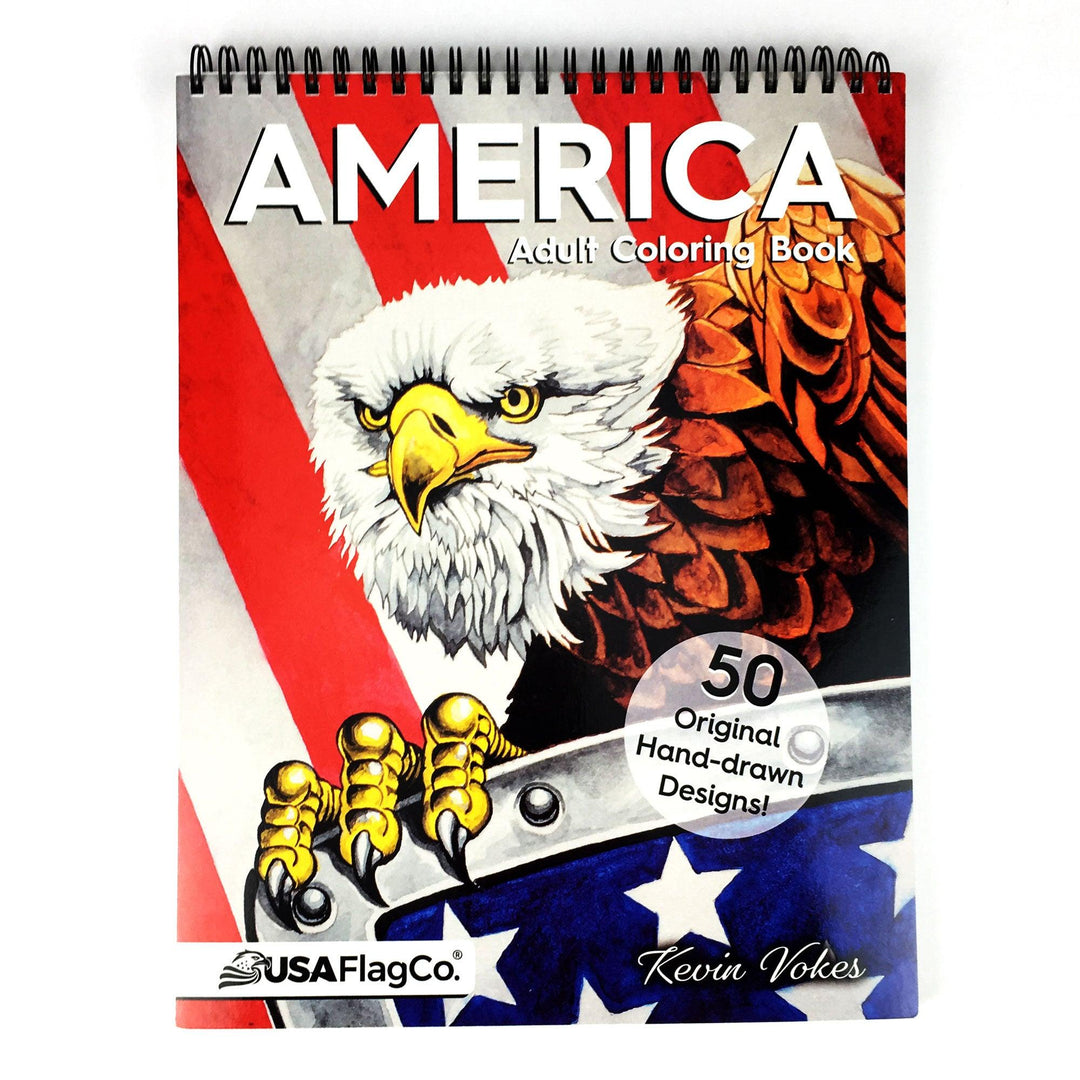
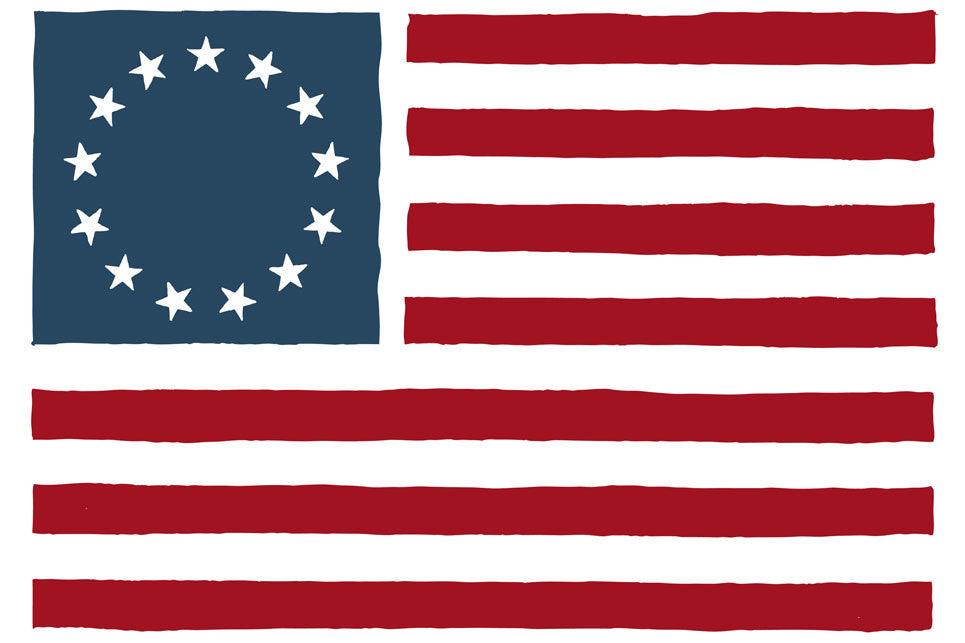
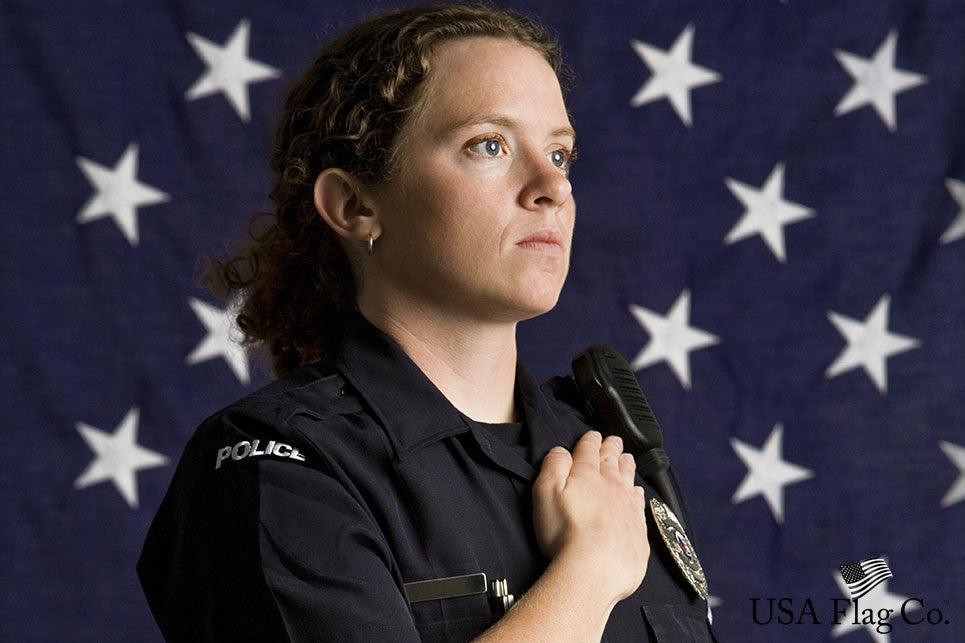
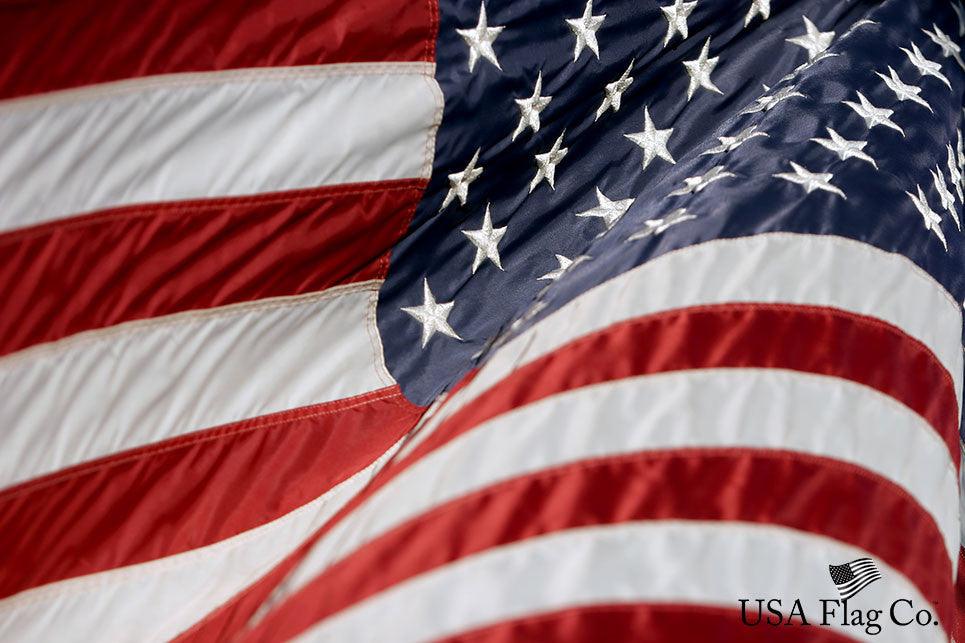
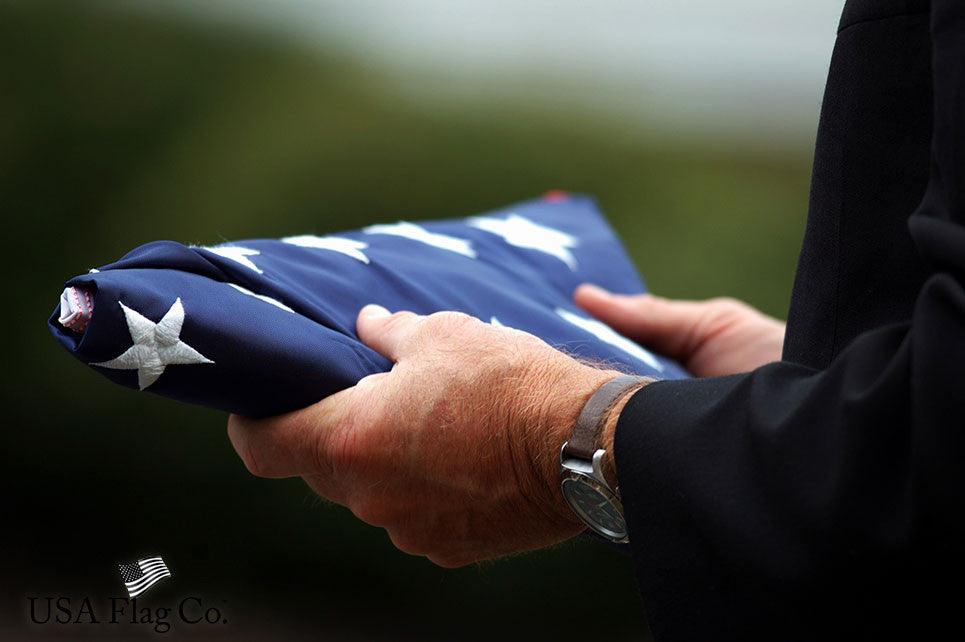
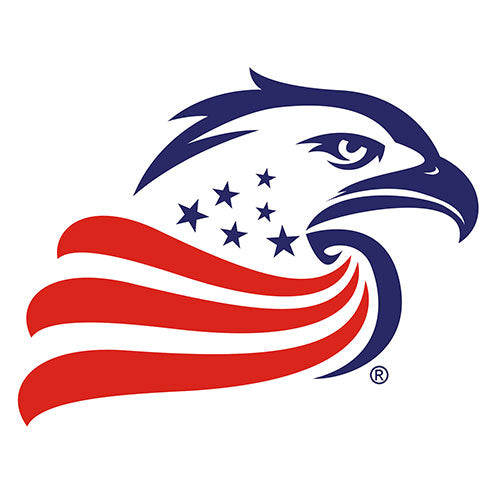


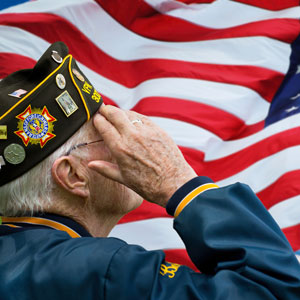
Leave a comment